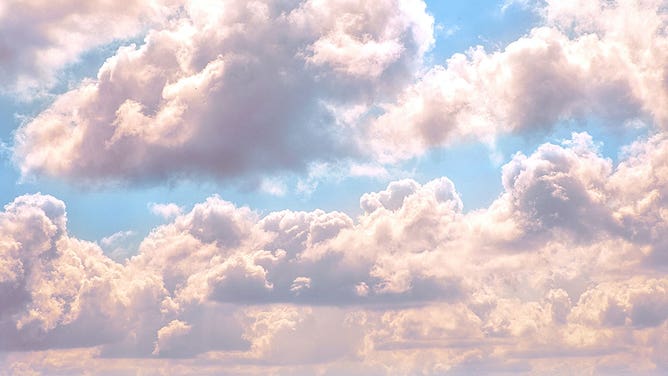How do clouds form?
Clouds are one of the first things humanity used to forecast the weather and they're a vital part of the water cycle

Clouds are seen in August 2017.
(Billy Huynh/Unsplash)
From signaling approaching weather to providing a workout for our imagination, clouds are one of the most fundamental things to understand about meteorology. In fact, they’re one of the first things humanity used to forecast the weather.
The National Oceanic and Atmospheric Administration define clouds as visible collections of water droplets or particles of ice floating in the free air.
Clouds are also a vital part of the water cycle that keeps life flourishing on Earth.
Let’s take a closer look at two main methods of cloud formation.
1. Evaporation and condensation
The first step to cloud formation is the creation of water in a gaseous state, called water vapor. This happens when the sun heats the Earth’s surface and oceans. The heat turns moisture that is in the ground or in the ocean into water vapor, which then rises into the air above.
As the air warms and fills with water vapor, it begins to rise higher into the atmosphere. This process cools the air down. Cold air can’t hold as much water vapor as warm air, so the vapor begins to collect onto particles already floating in the air, such as dust or pollen. These particles are called condensation nuclei. More and more water vapor collects onto the nuclei until a visible droplet of water develops. These droplets continue to latch onto each other until a cloud is formed.
2. Forcing
Sometimes the air is just fine where it is until something like a powerful wind or a front forces it to move. This force can sometimes push air into higher terrain or up and over a pool of denser air. When this happens, the air is forced to rise and cool, causing the water vapor it holds to condense and form clouds.